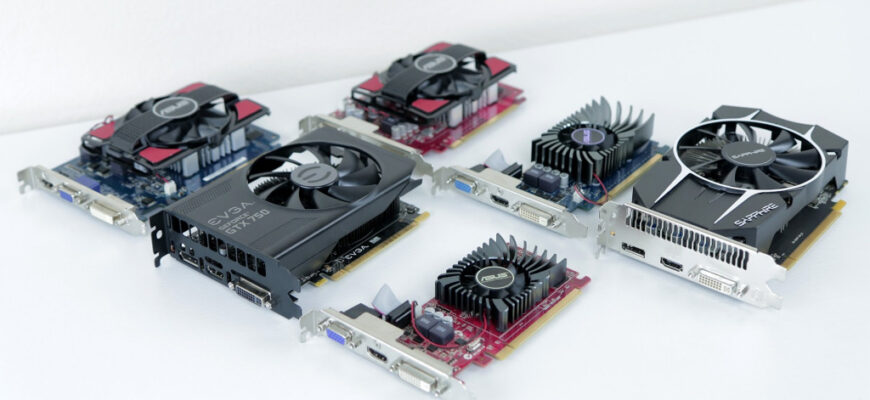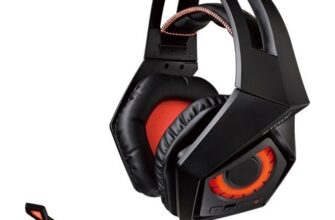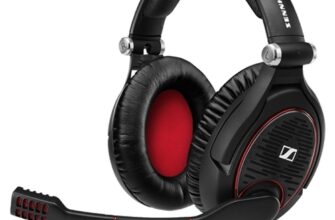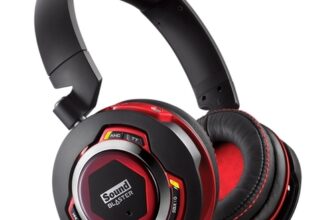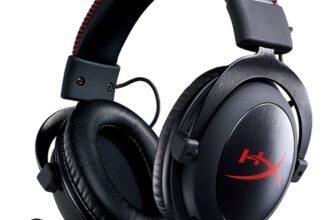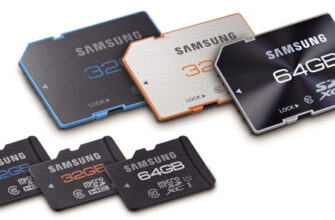The main requirement for video cards intended for use in gaming computers is high graphics performance. And it is made up not only of the amount of video memory.
What graphics card to choose for games: features to look out for
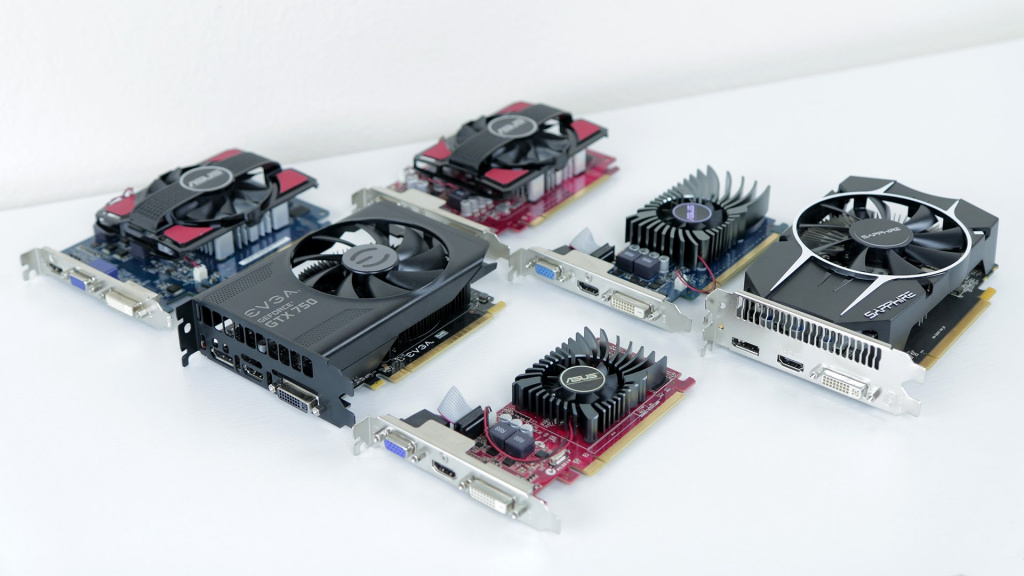
High graphics performance of a video card is made up of three parameters:
-
Chip generation (number of processing cores, their clock frequency);
-
The amount of video memory;
-
Cooling system (to avoid throttling – reducing the clock frequency of the chip when overheating).
Chip generation
With the generation of the chip, everything is simple – the higher it is, the greater the graphics performance of the video card. Large manufacturers update the configuration of computational cores approximately every one and a half to two years, so the 'fresher' a graphics accelerator, the faster it will work.
So, the most productive NVIDIA video cards for 2017 are from the 1080, 1080 Ti and TITAN XP generations. AMD has R7 and R9.
However, the newer the video card, the more it costs. So, the same NVIDIA TITAN XP in 2017 has a recommended price of about 90 thousand rubles, and GTX 1080 Ti – 53 thousand rubles. However, they justify their cost, since they have not only productive chips, but also 12 GB and 11 GB of video memory, respectively.
Video memory size
The amount of video memory is one of the most important parameters of a video card. It determines how much data can be written to the graphics accelerator to be processed immediately. And, the higher the amount of video memory, the more detailed and high-quality the image will be rendered on the screen.
If just a few years ago 2 GB of video memory was enough, today it is too little. Much more is required for modern games. The optimal amount of video memory on a video card (or a system of two cards) is 8 GB. It will allow you to run modern games in high definition and with excellent detail.
Cooling system
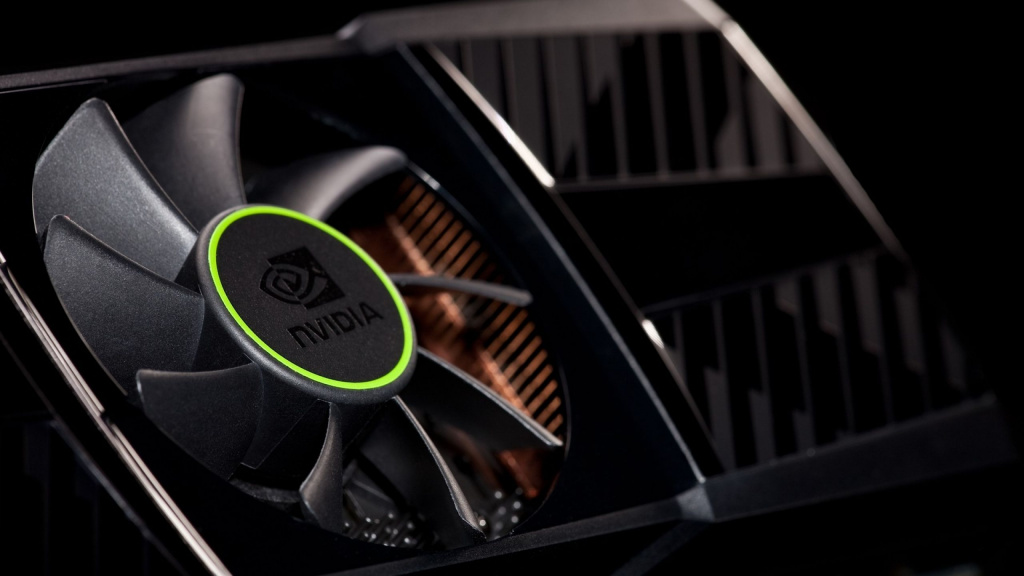
In modern video cards, software and hardware technologies of distributed computing are used, which allow placing several thousand (!) Computing cores on one chip. So it comes as no surprise that this processor gets very hot during operation.
Unfortunately, only top-end video cards are equipped with an optimal built-in cooling system. For simpler and more budget models, a “native” cooler is not enough – it is advisable to install another one. Or, which would be the ideal solution, put in a liquid cooling system.
Recommended models
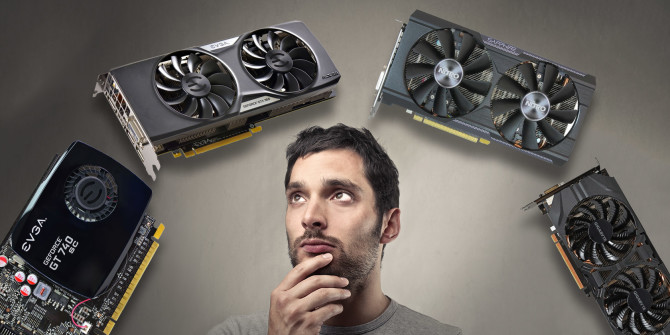
The following list is current for 2017.
Ultra budget class
The video cards included in this list can hardly be called gaming. Nevertheless, they will 'pull' some old or undemanding projects.
This segment includes video cards based on AMD Radeon R7 or NVIDIA GeForce 730. Depending on the specific manufacturer, they can be equipped with 1-2 GB of video memory.
Budget class
These are the minimum video cards suitable for modern games. Most projects will 'run' at 30 fps at resolution Full HD.
This segment includes video cards based on the NVIDIA GeForce GTX 1050 Ti and AMD Radeon RX 460. Both of these configurations are equipped with 4 GB of video memory.
Middle class
The middle class demonstrates that with good optimization of the computational core, you can get by with a smaller amount of video memory – and still achieve 60 fps at FHD at medium (and in some projects, maximum) settings.
This segment includes video cards based on NVIDIA GeForce GTX 1060 (3 GB VRAM) and AMD Radeon RX470 (4 GB VRAM).
High class
Here are graphics cards that will run 60 fps not only at FHD but also at 4K. They are also suitable for deep VR experiences.
This segment includes video cards based on NVIDIA GeForce GTX 1060 (6 GB VRAM) and AMD Radeon RX 480 (8 GB VRAM).
Flagships
NVIDIA TITAN XP. This video card has no and will not have any competitors this year.
!
In the following articles, our experts will tell you how to choose a gamepad and the secrets of choosing an operating system.
Attention! This material is the subjective opinion of the authors of the project and is not a purchase guide.

